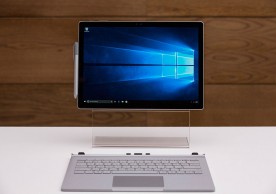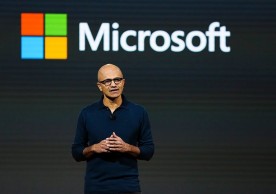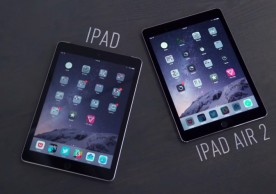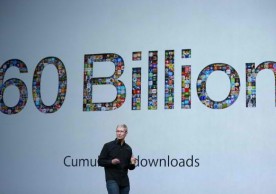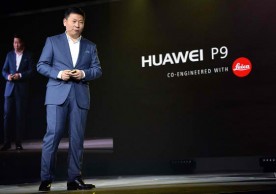Ever since the smartphone and tablet market kicked off, Intel has struggling to catch up with rival ARM, but nothing seems to be paying off as ARM chipsets control the majority of the smartphone and tablets market share. The question is, how does Intel plan on bringing the fight to ARM? The first step is with its newly announced Haswell chipset for desktops, notebooks, and tablet devices.
The new Intel Haswell CPUs have been designed to give touchscreen PC users the battery life and graphics they need. If you look at the majority of Windows 8 tablets and laptops, they come with a whole lot of power. However, the battery life on these devices are a true disappointment compared to Android tablets and iPads running ARM.
According to The Verge, new Intel Haswell CPUs will have battery life that is 20 times more efficient than Sandy Bridge, which means a user should get at least 3 extra hours of HD playback. Intel also promises that users would be able to leave their tablet or notebook on sleep mode for a full 10 days on a single charge, but this we have to see.
Intel didn't only focus on increasing battery life. The company went ahead and also increased its GPU powers. Intel 4th gen core processors will come pre-packed with the company's HD Graphics 5000 GPU that is similar to NVIDIA's GTX 650M. According to The Verge, "it manages 37 frames per second on average in Tomb Raider at 1366 x 768 and medium, 60FPS in Call of Duty: Modern Warfare 3 at 1080p and medium, and only falls a little short with BioShock Infinite at 27FPS at 1366 x 768 and low."
With these low-powered processors from Intel, users can expect to see thinner devices. We already have an idea of what Haswell devices could look like with the newly announced Razer Blade gaming laptop, a machine that took the crown of being the thinnest gaming laptop of all time. It is pretty incredible when you take into consideration that the Razer Blade is powered by a fast Intel Haswell processor, and NVIDIA's GeForce GTX 765M GPU.
Windows 8 tablet devices won't require that amount of power, so they have the potential to be a lot thinner and we could be finally on the verge of seeing a super-thin Microsoft Surface tablet with really great battery life.
Intel could have finally found a way to compete with ARM where battery life is concerned, but what about price? If tablets with Intel Haswell at the core are unable to hit the $399 price point, everything mentioned here could be for naught.
most read
related stories
more stories from Tablet
-
Google Earth Lets Users Explore & Enjoy The Planet With New & Improved Features
Google is giving Google Earth a new look and features that will let the users enjoy the planet in a whole new way.
ernest hamilton -
Microsoft Surface Pro 5 & Surface Phone Highly Unlikely To Launch At Microsoft's Upcoming Event; Here's What's More Likely To Make An Appearance Instead [VIDEO]
Amidst the lack of an official announcement regarding the product Microsoft will be unveiling at its big spring event on May 2, there's hearsay that the Surface Pro 5 and the Surface Phone will not make an appearance despite multiple rumors hinting at the devices' looming launch.
ernest hamilton -
Live Images of the HTC U Ocean Leak: It's Ready To Save The Subpar Ultra U
HTC is regrouping to deliver a better unit to redeem its predecessor's shortcomings.
ernest hamilton -
Microsoft Surface Pro 5 Latest News: Hardware Launch Event Confirmed In May; No New Laptop Reveal Expected
The May hardware launch event has already been confirmed, however, analysts say it is possible that no new laptop will be revealed during the said event.
ernest hamilton -
Breaking Down Microsoft's May 2 Event: Why The Surface Pro 5 Does Not Matter
May 2 might not be the perfect time for a new Surface Pro device.
-
Apple iPad Air 2 To Oust The Aged iPad 4? See Details [VIDEO]
As Apple runs out of stock of the iPad 4, it will be replacing the device that consumers bring in for service with the newfangled iPad Air 2.
ernest hamilton -
iPad Pro Mini Latest News: Device To Possibly Release With Stylus Alongside iPad Pro 2
Another much-awaited device from Apple is the iPad Pro Mini, which is expected to be released alongside the iPad Pro 2 and will be equipped with Stylus.
ernest hamilton -
Huawei Matebook Latest News: Upcoming Devices Anticipated To Return As 3 Hybrid 2-in-1 Devices
Recent reports suggest that Huawei is gearing for the unveiling of three new 2-in-1 hybrid Huawei Matebook that will probably be unveiled during Computex in Taiwan.
ernest hamilton







